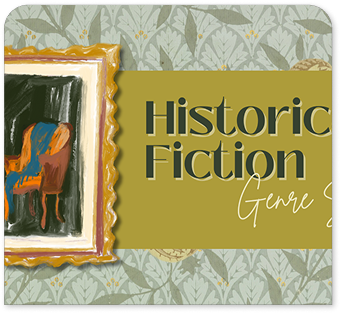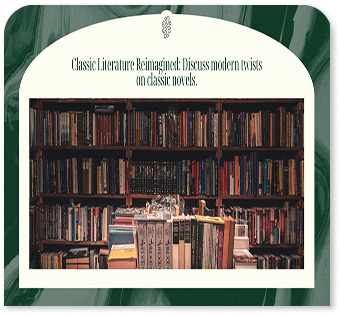-
Mon-Fri: 10AM to 8PM 01722665665
-
My Account
-
-
0
Total :
₹ 0.00

History and Culture of Punjab by Raghunath Rai and Sukhdev Sharma. Tailored for BA 1st-year students at Panjab University, this Hindi medium covers Ancient Punjab, Harappan culture, Vedic age, and Alexander's invasion. It emphasizes women's roles and highlights significant historical sites. The text aligns with the latest NEP syllabus and includes chapter-end questions to aid exam preparation. Ideal for Hindi medium students, this book provides a comprehensive and engaging study experience.
Yes, the book is written in accessible Hindi, making it ideal for Hindi medium students.
The book covers a wide range of topics including Ancient Punjab, Harappan culture, early and later Vedic ages, the historical importance of epics like the Ramayan and Mahabharata, Alexander the Great's invasion of Punjab, and the role of women throughout history.
The book includes detailed discussions on social structures, economic life, religious practices, and the cultural impacts of key historical events, providing a well-rounded understanding of Punjab's heritage.
Yes, each chapter concludes with short answer type questions designed to reinforce learning and help students prepare effectively for exams.
The textbook is specifically designed to follow the latest NEP syllabus, ensuring that the material is contemporary and relevant for students.
Yes, the textbook includes information on significant historical places in Punjab and includes a practical component where students are required to locate these places on a map.
Yes, by exploring various historical events, societal changes, and cultural developments, the book contributes to a comprehensive understanding of Punjab's rich cultural diversity.
While the primary focus is on the history and culture of Punjab, key historical events such as Alexander’s invasion are covered as they had significant impacts on the region.
The content is structured around the latest National Education Policy (NEP) guidelines to ensure relevance; however, students are encouraged to stay updated with scholarly articles or publications for the latest research.
While the description does not specify, many history textbooks include maps for geographic context, which could aid students in understanding the historical narrative.
1.Ancient Punjab:Physical features and their impact on history
2.Extent of the Harappan culture
3.Harappan culture:social,economic and religious life,causes of disappearance
4.Early vedic age:the rise of indo-aryans;main features of the life in early vedic age
5.Later vedic age:political,social,economic and religious life of later vedic aryans
6.The epics:historical importance of Ramayan and Mahabharata
7.Alexander’s invasion of the punjab
8.Impact of the alexander’s invasion on social and cultural life
9.Position of women:harappan,early vedic and later vedic age
10.Important historical places of punjab
*Short answer type questions
1.Ancient Punjab:Physical features and their impact on history
2.Extent of the Harappan culture
3.Harappan culture:social,economic and religious life,causes of disappearance
4.Early vedic age:the rise of indo-aryans;main features of the life in early vedic age
5.Later vedic age:political,social,economic and religious life of later vedic aryans
6.The epics:historical importance of Ramayan and Mahabharata
7.Alexander’s invasion of the punjab
8.Impact of the alexander’s invasion on social and cultural life
9.Position of women:harappan,early vedic and later vedic age
10.Important historical places of punjab
*Short answer type questions
Yes, the book is written in accessible Hindi, making it ideal for Hindi medium students.
The book covers a wide range of topics including Ancient Punjab, Harappan culture, early and later Vedic ages, the historical importance of epics like the Ramayan and Mahabharata, Alexander the Great's invasion of Punjab, and the role of women throughout history.
The book includes detailed discussions on social structures, economic life, religious practices, and the cultural impacts of key historical events, providing a well-rounded understanding of Punjab's heritage.
Yes, each chapter concludes with short answer type questions designed to reinforce learning and help students prepare effectively for exams.
The textbook is specifically designed to follow the latest NEP syllabus, ensuring that the material is contemporary and relevant for students.
Yes, the textbook includes information on significant historical places in Punjab and includes a practical component where students are required to locate these places on a map.
Yes, by exploring various historical events, societal changes, and cultural developments, the book contributes to a comprehensive understanding of Punjab's rich cultural diversity.
While the primary focus is on the history and culture of Punjab, key historical events such as Alexander’s invasion are covered as they had significant impacts on the region.
The content is structured around the latest National Education Policy (NEP) guidelines to ensure relevance; however, students are encouraged to stay updated with scholarly articles or publications for the latest research.
While the description does not specify, many history textbooks include maps for geographic context, which could aid students in understanding the historical narrative.


